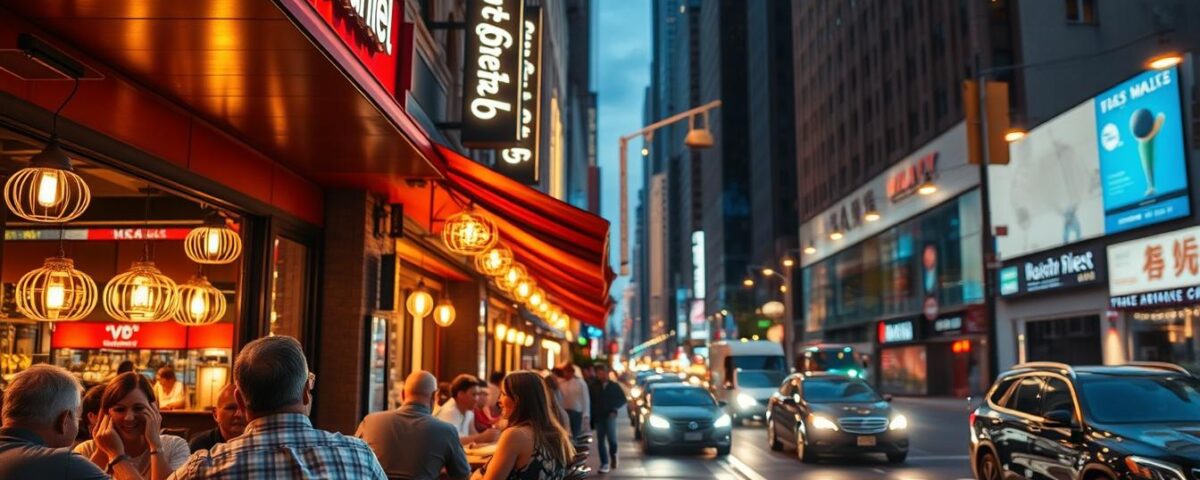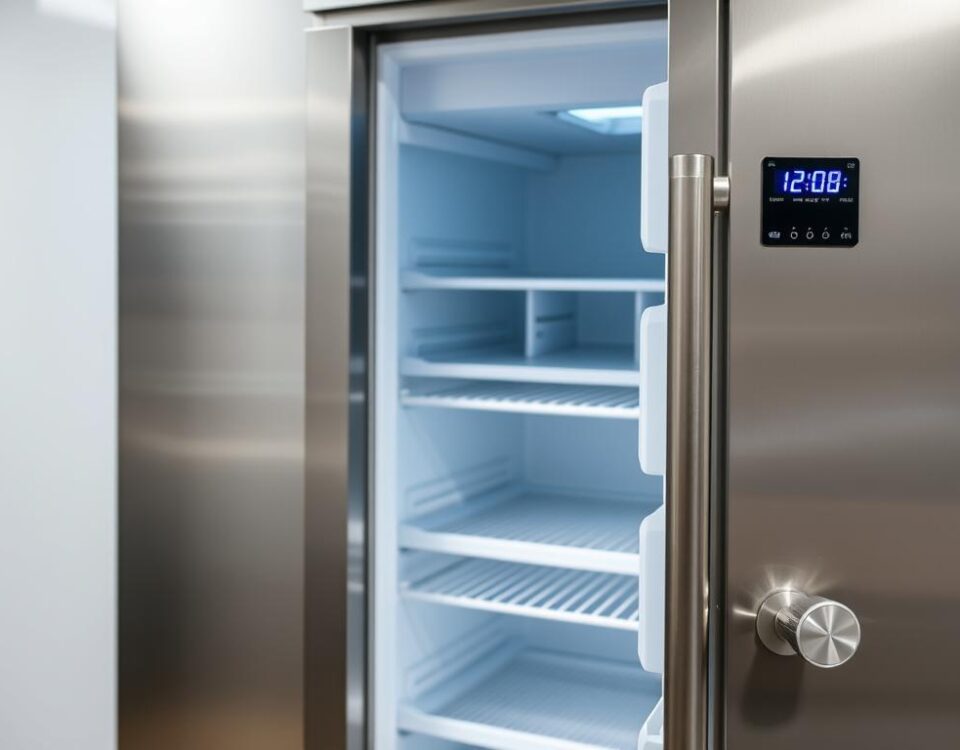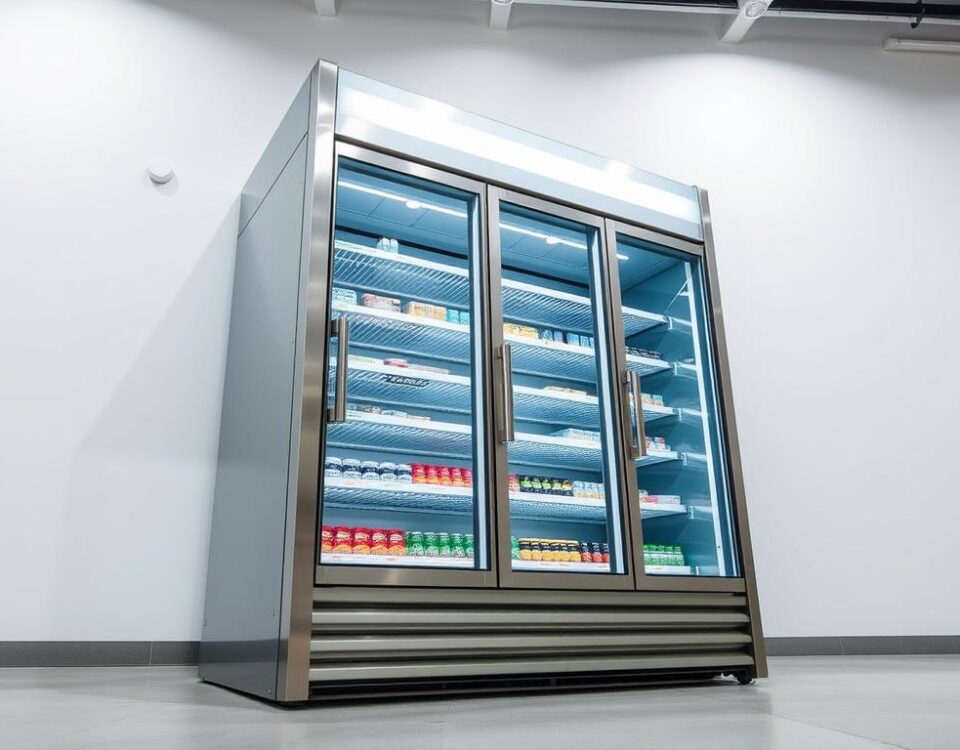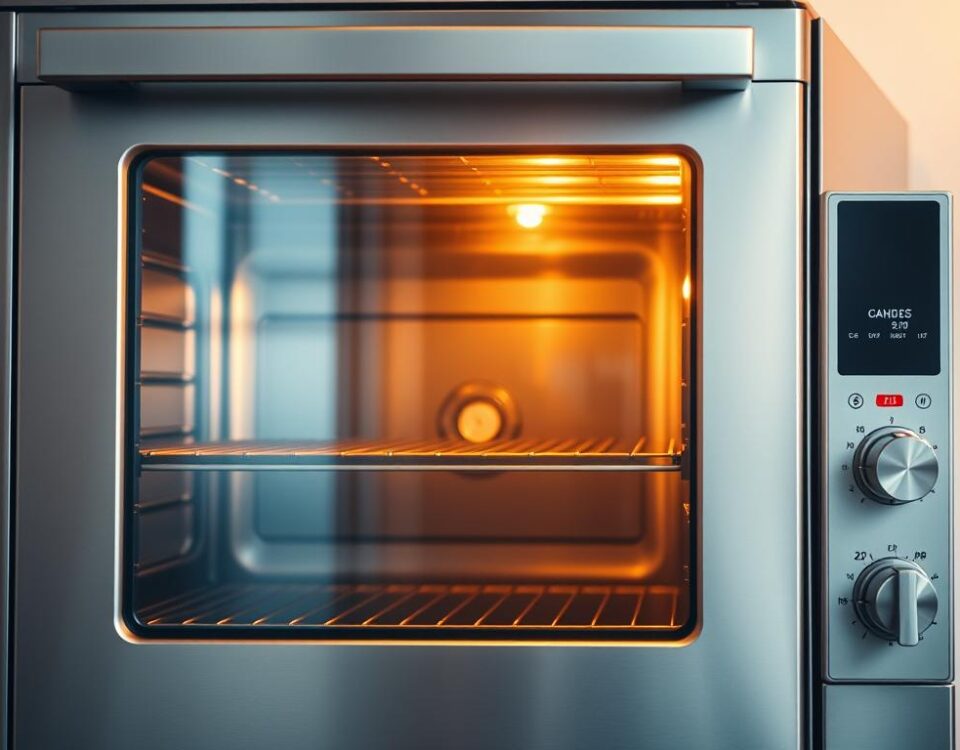
Top ADA Mistakes Restaurants Make—And How to Avoid Penalties
July 27, 2025
Ultimate Guide to Opening a Restaurant: Steps, Costs, and Pitfalls
July 28, 2025As a restaurant owner, I’ve seen firsthand how tough it can be to stand out in a crowded dining scene. You’re doing everything right – serving great food, maintaining a cozy atmosphere – but still, the customers aren’t coming. It’s a frustrating reality many restaurateurs face daily. Did you know that according to a recent study, nearly 60% of restaurants fail within the first year, often due to poor marketing strategies?
This stark statistic highlights the urgent need for effective marketing tactics that can drive immediate traffic to your restaurant. In my experience working with restaurants of all sizes, I’ve identified six hidden marketing strategies that can make a significant difference. These aren’t your typical, cookie-cutter approaches; they’re innovative, targeted, and designed to deliver quick results without breaking the bank.
So, what are these game-changing tactics? In this article, I’ll share the six hidden restaurant marketing tactics that can give your establishment the boost it needs to thrive in today’s competitive landscape.
Key Takeaways
- Discover six unconventional marketing strategies to drive immediate traffic to your restaurant.
- Learn how to stand out in a crowded dining scene without massive marketing budgets.
- Understand the limitations of traditional marketing approaches for restaurants.
- Explore innovative tactics that have proven successful for restaurants of various sizes.
- Get practical, actionable advice you can implement right away to boost customer traffic.
The Competitive Landscape of Restaurant Marketing
The U.S. restaurant industry is a vibrant yet crowded marketplace, with over 100,000 establishments competing for the attention of diners. This intense competition makes it crucial for restaurants to adopt effective marketing strategies to stand out.
The landscape is diverse, ranging from casual eateries to fine dining experiences. In such a saturated market, traditional marketing methods are no longer sufficient to capture consumer attention.
Why Traditional Marketing Isn’t Enough Anymore
Traditional advertising methods, such as print ads and billboards, are becoming less effective as consumer behavior shifts towards digital platforms. The post-pandemic era has accelerated this shift, with consumers increasingly relying on online reviews and social media to discover new dining experiences.
According to a recent study, consumer attention is now more fragmented than ever, making it challenging for restaurants to maintain a strong marketing presence. As a result, restaurants need to adapt their marketing strategy to meet customers where they are.
“The key to successful restaurant marketing lies in understanding the changing behaviors of consumers and adapting your strategy accordingly.”
The Need for Innovative Restaurant Marketing Approaches
Innovative marketing approaches are essential for restaurants to cut through the noise and directly reach potential customers. This involves leveraging digital marketing tools, such as social media and email marketing, to create a robust marketing strategy.
| Traditional Marketing | Innovative Marketing |
|---|---|
| Print Ads | Social Media Campaigns |
| Billboards | Email Marketing Automation |
| Direct Mail | Influencer Partnerships |
By adopting these innovative approaches, restaurants can enhance their presence in the market and drive business growth. Developing a comprehensive marketing strategy is no longer optional but essential for survival in the competitive restaurant industry.
Understanding Your Restaurant’s Marketing Foundation
Before diving into the latest restaurant marketing tactics, it’s essential to establish a solid foundation for your marketing efforts. This foundation is built on two critical elements: your restaurant’s brand identity and your target audience.
Defining Your Restaurant’s Brand Identity
Your restaurant’s brand identity is more than just your logo or brand colors; it represents your business’s personality, values, and the emotional connection you want to create with your customers. Think of popular restaurants like Taco Bell, known for its humor and wit, or The Cheesecake Factory, which embodies indulgence and extravagance. Your brand identity should be consistently reflected across all marketing channels, from your website to your in-restaurant experience. This consistency helps build customer loyalty and creates a foundation for all your marketing efforts.
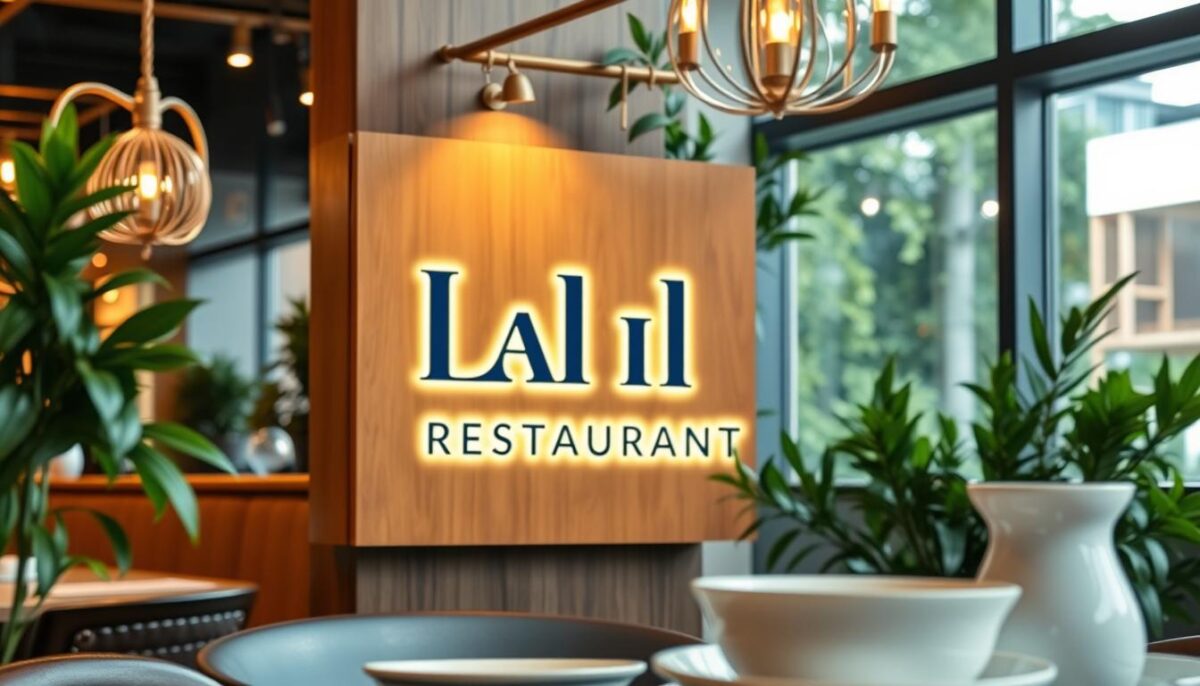
To define your brand identity, consider the emotions you want to inspire in your customers. Are you aiming for a sense of comfort and family, like Olive Garden, or health and freshness, like Panera? Your brand identity should be authentic and resonate with your target audience.
Establishing Your Target Audience
Understanding your target audience is crucial for developing an effective marketing strategy. This involves creating detailed customer personas based on demographics, preferences, and dining habits. By gathering and using customer information ethically, you can better understand the people you’re trying to reach and serve. This information helps you tailor your marketing efforts to attract and retain loyal customers, ultimately driving traffic to your restaurant.
By defining your brand identity and understanding your target audience, you’ll be well on your way to creating a successful restaurant marketing strategy that resonates with your customers and sets your business up for long-term success.
Hidden Restaurant Marketing Tactics That Drive Immediate Results
In the competitive restaurant industry, discovering untapped marketing strategies can be a game-changer for boosting immediate traffic. Many restaurant owners are unaware of the hidden restaurant marketing tactics that can significantly impact their sales and customer footfall.
What Makes These Tactics Different
The six tactics we’ll explore differ from conventional restaurant marketing approaches in their focus on quick implementation and rapid results. Unlike traditional strategies that may take months to show effectiveness, these tactics are designed to drive immediate customer traffic.
These innovative approaches are tailored to address the decision-making processes of modern diners, ensuring that your restaurant captures their attention and encourages them to visit.
Why They Work for Quick Traffic Generation
The effectiveness of these tactics lies in their ability to be implemented with minimal investment while delivering measurable increases in restaurant sales and foot traffic. By leveraging these strategies, restaurants of all sizes and concepts can experience significant growth.
These hidden tactics fit into a broader restaurant marketing strategy, providing quick wins that can be sustained over time. By understanding and applying these tactics, restaurant owners can prepare their establishments for success and adapt to the ever-changing dining landscape.
Tactic #1: Strategic Digital Menu Optimization
A restaurant’s digital menu is often the first point of contact with potential customers, making it a critical marketing tool. To maximize its impact, it’s essential to optimize it for both search engines and user experience.
Creating “Instagrammable” Dishes That Market Themselves
The concept of “Instagrammable” dishes has revolutionized the way restaurants approach food presentation. By creating visually appealing dishes, restaurants can encourage customers to share their dining experience on social media, effectively turning them into a marketing team.
To make your dishes “Instagrammable,” focus on using bright colors, creative plating, and unique serving vessels. For example, a vibrant salad with edible flowers or a dessert with artistic sauce drizzles can become a hit on platforms like Instagram.
Using QR Codes to Enhance the Menu Experience
QR codes have evolved from a pandemic necessity to a powerful marketing tool that can enhance the dining experience. By linking QR codes to your digital menu, you can provide customers with easy access to detailed menu information, nutritional facts, and even special offers.
To make the most of QR codes, ensure they are prominently displayed on your physical menu or marketing materials. You can also use them to drive traffic to your website or social media channels, increasing your online presence.
By implementing these strategies, you can transform your digital menu into a potent marketing tool that drives traffic and boosts sales. Remember to track the performance of your digital menu to continuously improve its effectiveness.
Tactic #2: Leveraging Google Business Profile Beyond Basics
Your Google Business Profile is a powerful tool for attracting customers to your restaurant, but it requires more than just setup. To maximize its potential, you need to optimize it beyond the basics. This involves several key strategies that can significantly improve your local SEO and drive more customers to your door.
Adding Reservation Links Directly to Your Profile
One effective way to enhance your Google Business Profile is by adding direct reservation links. This feature allows customers to book a table without having to navigate to other platforms or apps, making it easier for them to make a reservation. To add a reservation link, simply follow these steps:
- Log in to your Google Business Profile account.
- Go to the “Reservations” section.
- Click on “Add reservation link” and enter your reservation URL.
- Save your changes.
By doing so, you’ll streamline the reservation process, potentially increasing bookings and improving customer satisfaction.
Utilizing Google Posts for Time-Sensitive Promotions
Google Posts is another valuable feature that allows you to share time-sensitive promotions, events, and special offers directly on your Google Business Profile. To create a Google Post:
- Log in to your Google Business Profile account.
- Navigate to the “Posts” section.
- Click on “Create post” and choose the type of post you want to create (e.g., offer, event, or what’s new).
- Enter your post content, including any relevant details and a call-to-action.
- Publish your post.
Using Google Posts effectively can drive immediate traffic to your restaurant by keeping your profile fresh and engaging. It’s an excellent way to promote limited-time offers, seasonal menus, or special events, encouraging customers to visit your restaurant sooner rather than later.
By implementing these strategies, you can significantly enhance your restaurant’s online presence, improve local SEO, and attract more customers. Regularly updating your Google Business Profile with fresh content and ensuring that your profile is complete and accurate are key to maximizing its potential.
Tactic #3: Personalized Email Marketing Automation
By adopting personalized email marketing automation, restaurants can experience a notable increase in customer engagement and bookings. This tactic involves using customer data to create targeted email campaigns that resonate with diners, encouraging them to return to the restaurant.
Personalized email marketing automation is one of the most underutilized yet powerful tactics for driving immediate restaurant traffic. It allows restaurants to send targeted messages to customers based on their dining history and preferences, increasing the likelihood of repeat visits.
Birthday and Anniversary Campaigns That Drive Bookings
Birthday and anniversary campaigns are excellent ways to drive bookings. By collecting customers’ birth dates and anniversary information through online bookings, surveys, or phone calls, restaurants can send personalized emails 2-3 weeks before these special dates. Offering a special discount or perk can make the offer even more attractive, encouraging customers to celebrate at the restaurant.
For instance, a restaurant could send an email with a subject line like “Celebrate Your Special Day with Us!” and offer a complimentary dessert or a discount on the total bill. This not only makes the customer feel valued but also increases the chances of them bringing larger parties, thereby boosting revenue.
Segmenting Your Email List for Higher Conversion
Segmenting the email list is crucial for higher conversion rates. By categorizing customers based on their dining frequency, preferences, and past behavior, restaurants can create highly targeted messages that are more likely to resonate with each group. For example, frequent diners could receive emails about new menu items or loyalty rewards, while less frequent visitors might receive emails highlighting special promotions or events.
Using email automation tools, restaurants can easily manage and segment their email lists. This ensures that the right message is sent to the right customer at the right time, maximizing the effectiveness of the email marketing campaign.
To further enhance the email marketing strategy, it’s essential to integrate it with other digital marketing efforts, such as social media campaigns. This cohesive approach ensures that customers receive a consistent message across all platforms, reinforcing the restaurant’s brand identity.
Measuring the effectiveness of email campaigns is also vital. Restaurants should track open rates, click-through rates, and actual bookings generated from the campaigns to understand what works and what doesn’t. This data-driven approach allows for continuous improvement and optimization of the email marketing strategy.
Tactic #4: Strategic Local Business Partnerships
By collaborating with nearby establishments, restaurants can create a robust marketing strategy that benefits everyone involved. This approach not only expands your audience but also fosters a sense of community support, which is crucial for local businesses.

Creating Cross-Promotional Opportunities
One of the most effective ways to leverage local business partnerships is by creating cross-promotional opportunities. For example, a restaurant can partner with a nearby brewery to feature each other’s products on menus and promotional materials. This collaboration can drive traffic to both businesses and enhance the overall customer experience.
To identify potential partners, consider businesses that share your target audience but aren’t direct competitors. For instance, a healthy cuisine restaurant might partner with a local health club to offer joint promotions or discounts. The key is to find mutually beneficial opportunities that drive sales and increase brand visibility.
- Partner with local businesses to create joint marketing campaigns.
- Feature each other’s products or services on menus and promotional materials.
- Develop joint loyalty programs to reward customers.
Hosting Collaborative Events for Expanded Reach
Hosting events with local business partners is another great way to drive traffic and engage with the community. Events can range from cooking classes and wine tastings to charity fundraisers and themed nights. By collaborating on events, restaurants can tap into their partners’ customer bases and attract new followers on social media.
For example, a restaurant could host a joint event with a local theater, offering a special dinner package that includes tickets to a performance. This not only drives traffic to the restaurant but also promotes the theater and fosters a sense of community.
To maximize the impact of these events, promote them across all marketing channels, including social media and email newsletters. This will help create buzz and attract a larger audience.
By implementing strategic local business partnerships, restaurants can drive immediate traffic, expand their audience, and build a stronger presence in the community. This tactic, when executed correctly, can lead to sustained growth and increased brand loyalty.
Tactic #5: Implementing Live Chat on Your Website
By integrating live chat into your restaurant’s website, you can provide an instant, personal touch to potential customers. This direct connection can significantly enhance their dining experience even before they step into your restaurant.
Connecting Your Front-of-House Team to Online Visitors
Live chat allows your front-of-house team to extend their personalized service to online visitors. By doing so, you create a seamless experience across different channels, making sure that potential diners feel valued and attended to.
To effectively manage live chat, consider staffing your team accordingly. Ensure that the staff handling live chat are well-trained to respond to common queries and can efficiently book tables directly through the chat window.
Converting Website Visitors into Reservations
To maximize the potential of live chat, it’s crucial to integrate it with your reservation platforms. This allows for a smooth transition from inquiry to booking, enhancing the overall customer experience.
Training your team to handle live chat interactions effectively is key. They should be able to respond to reviews, address customer concerns, and gather valuable feedback that can help improve your restaurant’s marketing strategies and customer satisfaction.
To make the most out of live chat, ensure it’s mobile-friendly, as many diners research restaurants on their phones. Integrating live chat with other marketing tools and apps can also provide a cohesive customer experience.
Examples of restaurants that have implemented live chat have seen a significant increase in reservations, ranging from 15-30%, with minimal additional staffing costs. By leveraging live chat, you can not only boost reservations but also gather insights into customer preferences, helping you refine your marketing strategies.
Tactic #6: Leveraging User-Generated Content Campaigns
User-generated content is revolutionizing the way restaurants market themselves, offering a personal touch that resonates with customers. By encouraging customers to share their dining experiences, restaurants can create a wealth of authentic content that showcases their food, atmosphere, and service.
One effective way to leverage user-generated content is through photo contests. These contests not only generate buzz around your restaurant but also provide a steady stream of content that can be used across various marketing channels.
Creating Photo Contests That Generate Buzz
To create a successful photo contest, start by defining a clear theme or challenge that encourages customers to share their experiences. For example, you could ask customers to share photos of their favorite dishes or the most “Instagrammable” moments in your restaurant.
To incentivize participation, consider offering prizes or recognition for the best photos. Promote your contest through social media, email newsletters, and in-restaurant signage to ensure maximum visibility.
| Contest Theme | Incentive | Promotion Channels |
|---|---|---|
| Favorite Dish | Free Meal | Social Media, Email |
| Instagrammable Moment | Gift Card | In-Restaurant Signage, Social Media |
Repurposing Customer Content Across Marketing Channels
Once you’ve collected a library of user-generated content, it’s time to repurpose it across your marketing channels. Start by showcasing the best photos on your social media profiles, giving credit to the original creators.
You can also use customer content on your website, in email newsletters, and even in-restaurant displays. By doing so, you’ll not only reduce the burden of creating new content but also create a more authentic and engaging experience for your customers.
For instance, you can create a social media campaign that features customer photos, using a branded hashtag to track the content. This approach not only encourages customers to share more but also helps you monitor the campaign’s success.
Implementing These Restaurant Marketing Tactics Effectively
To maximize the effectiveness of the six hidden restaurant marketing tactics, a strategic implementation plan is necessary. This involves understanding your restaurant’s current capabilities and resources to execute these tactics successfully.
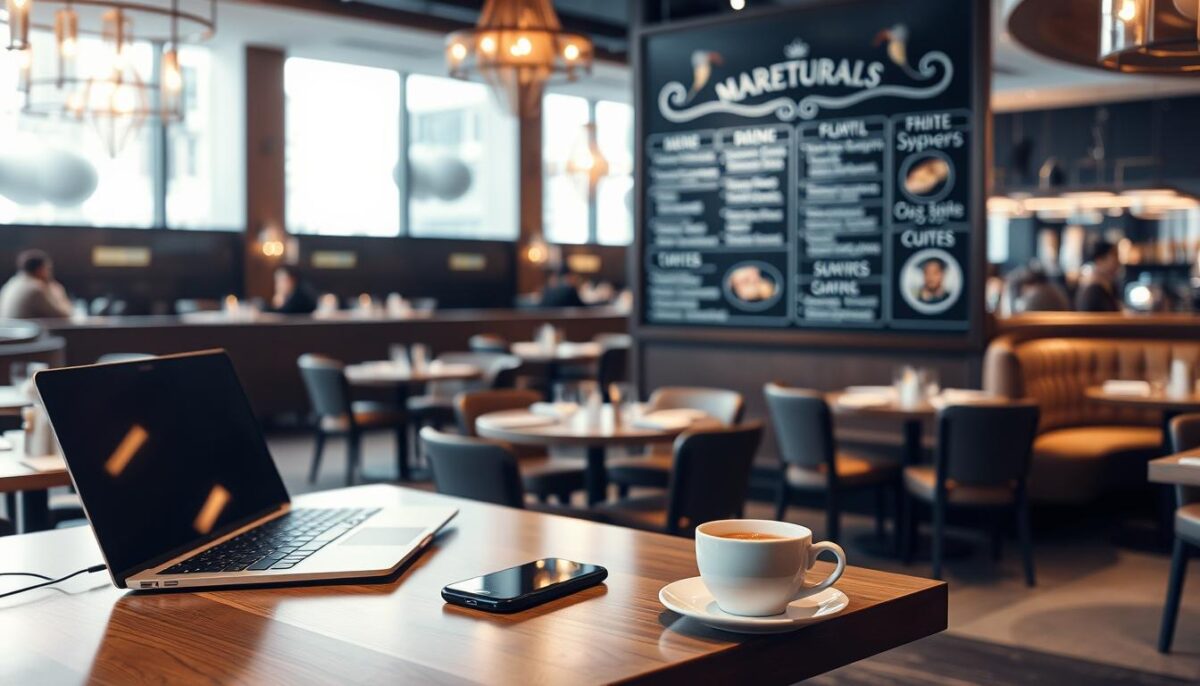
Creating a Timeline for Implementation
Developing a realistic timeline is crucial for the successful implementation of these marketing tactics. Start by assessing your restaurant’s current resources, staffing, and marketing capabilities. Then, prioritize the tactics based on their potential impact and feasibility. For instance, optimizing your digital menu and leveraging Google Business Profile can be quick wins, while implementing personalized email marketing automation might require more time and resources.
- Assess current resources and capabilities
- Prioritize tactics based on impact and feasibility
- Set realistic milestones and deadlines
Measuring Success and ROI
Establishing clear metrics for each tactic is vital to measure success and return on investment (ROI). Track customer acquisition costs and lifetime value to ensure your marketing efforts are generating profitable growth. Use customer feedback and data to continuously refine and improve your marketing tactics over time. This will help you build a marketing system that consistently turns new customers into loyal customers through strategic follow-up.
- Track customer acquisition costs and lifetime value
- Use customer feedback to refine marketing tactics
- Monitor and adjust your marketing strategy regularly
Common Mistakes to Avoid in Restaurant Marketing
Effective restaurant marketing requires avoiding common pitfalls that can derail even the best strategies. In the competitive landscape of the restaurant industry, a well-crafted marketing plan is crucial for attracting and retaining customers.
Several key mistakes can undermine a restaurant’s marketing efforts. Understanding these pitfalls is essential for developing a successful strategy.
Inconsistent Brand Messaging
Inconsistent brand messaging across different channels can confuse customers and dilute your restaurant’s identity. It’s crucial to maintain a uniform tone and visual aesthetic across all marketing platforms, from social media to email campaigns.
For instance, if your restaurant’s Instagram account has a playful tone, but your website is formal, it may confuse potential customers. Ensuring consistency helps build a strong brand image.
Neglecting to Track Results
Implementing marketing initiatives without proper tracking systems in place can lead to wasted resources and missed opportunities. Utilizing analytics tools helps measure the success of your marketing efforts and informs data-driven decisions.
By monitoring your campaigns’ performance, you can identify areas for improvement and optimize your strategies accordingly.
Failing to Respond to Online Reviews
Whether and how you respond to your customers’ reviews significantly shapes the public’s perception of your restaurant. Responding to both positive and negative reviews demonstrates that you value customer feedback and care about their experiences.
For example, thanking customers for their reviews and addressing any negative feedback promptly and professionally can enhance your restaurant’s reputation and attract more customers.
By avoiding these common mistakes, restaurants can improve their marketing effectiveness and attract more customers. It’s essential to view marketing as an ongoing process, continually assessing and refining your strategies to achieve the best results.
Building a Comprehensive Restaurant Marketing Strategy
A comprehensive restaurant marketing strategy is the key to attracting and retaining customers. It involves integrating innovative tactics with traditional marketing approaches to create a robust plan that drives traffic and boosts sales.
Integrating Hidden Tactics with Traditional Marketing
To create a successful restaurant marketing strategy, it’s essential to blend hidden tactics with conventional methods. This includes maintaining a consistent brand voice and visual identity across all marketing channels and content. By leveraging social media effectively and utilizing email marketing automation, restaurants can enhance their marketing efforts.
Allocating the marketing budget across different tactics based on their potential return on investment is crucial. This involves assessing the effectiveness of each tactic and adjusting the budget accordingly.
Creating a Marketing Calendar for Consistent Execution
An effective marketing calendar ensures consistent execution of the marketing strategy throughout the year. It helps in planning and organizing marketing activities around seasonal changes, business objectives, and customer feedback.
By creating a comprehensive marketing calendar, restaurants can stay on track with their marketing efforts and make adjustments as needed to optimize results.
Real-World Success Stories: Restaurants That Boosted Traffic
By examining the experiences of various restaurants, we can see how these hidden marketing tactics have been instrumental in their success. Let’s explore two compelling case studies that demonstrate the effectiveness of these strategies in different restaurant settings.
A Small Local Restaurant’s Transformation
A family-owned Italian restaurant in a small town saw a significant increase in foot traffic after implementing several of these hidden marketing tactics. They began by optimizing their digital menu, creating “Instagrammable” dishes that encouraged customer engagement on social media. They also leveraged their Google Business Profile by posting regular updates and promotions, which helped attract new customers. As a result, they experienced a 25% increase in foot traffic within just a few months.
- Implemented digital menu optimization
- Utilized Google Business Profile effectively
- Saw a 25% increase in foot traffic
How a Chain Restaurant Revitalized Their Marketing
A mid-sized chain restaurant was struggling to maintain customer interest. They decided to revitalize their marketing approach by incorporating personalized email marketing automation and user-generated content campaigns. By segmenting their email list and sending targeted promotions, they were able to increase their email open rates by 40%. Additionally, their user-generated content campaign, which encouraged customers to share photos of their dining experiences, resulted in a 20% increase in social media followers.
- Implemented personalized email marketing automation
- Launched a user-generated content campaign
- Achieved a 40% increase in email open rates and 20% increase in social media followers
These success stories highlight the potential of these hidden marketing tactics to drive significant results for restaurants of all sizes. By applying these strategies, restaurants can not only boost immediate traffic but also create sustainable growth over time.
Conclusion: Implementing Your Restaurant Marketing Action Plan
Your restaurant’s marketing strategy is crucial in today’s competitive dining landscape. To drive immediate traffic, we’ve explored six hidden restaurant marketing tactics that can make a significant impact. These include strategic digital menu optimization, leveraging Google Business Profile beyond basics, personalized email marketing automation, strategic local business partnerships, implementing live chat on your website, and leveraging user-generated content campaigns.
To implement these tactics effectively, start by creating a simple, actionable restaurant marketing action plan. Focus on one or two strategies to begin with, rather than trying to implement everything at once. Make sure your restaurant’s website, menu, and online presence are optimized to support these marketing efforts. For instance, ensure your menu is “Instagrammable” and your website has a live chat feature to engage with customers directly.
Adapting these tactics to your specific restaurant type, whether it’s quick-service or fine dining, is key to their success. Tips for fine dining establishments might include emphasizing the exclusivity of their menu items on social media, while quick-service restaurants could focus on promotional offers and discounts. Measuring results and adjusting your approach based on customer feedback is crucial.
By implementing these strategies and continually optimizing your approach, you can significantly boost your restaurant’s traffic. Make sure to track your progress and adjust your marketing plan accordingly. With the right combination of these hidden tactics and traditional marketing, your restaurant can attract more customers and increase sales.
Take the first step today by revisiting your restaurant’s marketing strategy and incorporating these proven tactics. With persistence and the right approach, you can drive more customers to your restaurant and achieve long-term success.
FAQ
How can I boost traffic to my dining establishment?
I recommend optimizing your digital menu, leveraging your Google Business Profile, and implementing personalized email automation to drive bookings and increase foot traffic.
What’s the best way to create engaging content for my diners?
I suggest creating “Instagrammable” dishes and utilizing user-generated content campaigns, such as photo contests, to generate buzz around your brand and encourage customer interaction.
How can I measure the success of my email marketing efforts?
I track the success of my email campaigns by monitoring open rates, click-through rates, and conversion rates, and adjust my strategy accordingly to optimize results.
Why is responding to online reviews crucial for my business?
Responding to online reviews shows that I value my customers’ feedback and care about their experiences, which helps build trust and loyalty with my customer base.
How can I create a loyal customer base?
I focus on providing exceptional customer service, offering personalized promotions, and engaging with my customers on social media to build a loyal following.
What’s the importance of having a strong online presence?
Having a strong online presence is crucial for my business, as it allows me to reach a wider audience, increase visibility, and drive sales through my website and social media channels.
How can I optimize my website for search engines?
I ensure my website is optimized for SEO by using relevant keywords, meta descriptions, and optimizing my content to improve my search engine rankings and drive organic traffic.
